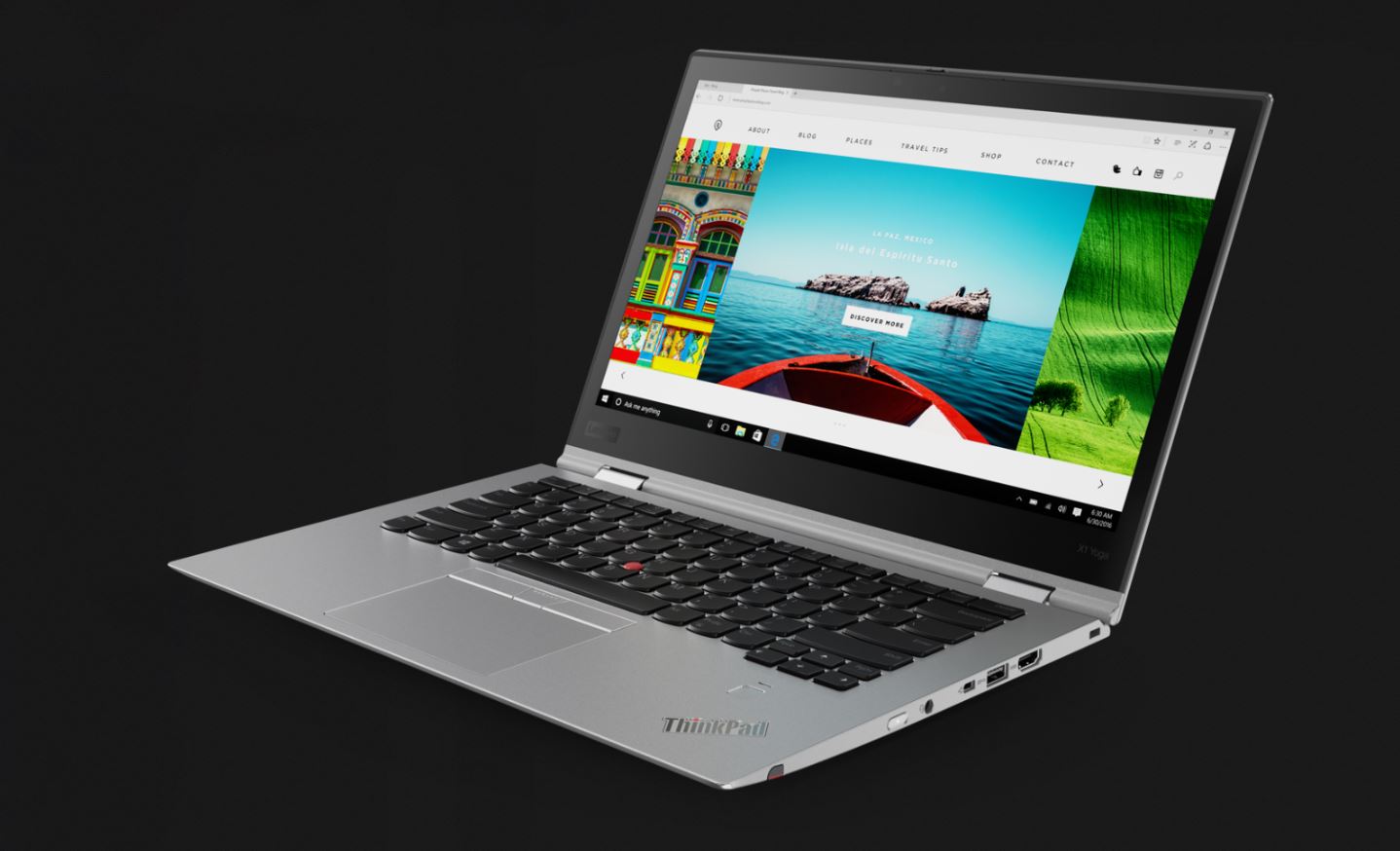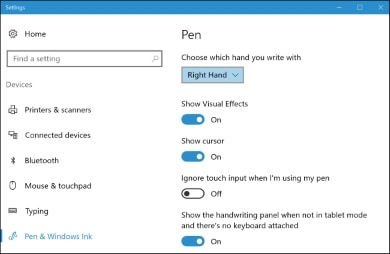

For these, consider alternatives, such as a slider control connected to a numeric field, or a list box. Most common controls can be used without adjustment in your application, though some controls, such as the spin box and the tree control, require more precise targeting with a tablet pen. The common controls in Windows Vista have undergone usability review for use with pen and touch input. The following illustration shows the visual feedback for the different pen events. Cursor animations give visual feedback when the user taps, double-taps, or uses press and hold to right-click. A new cursor, which is distinct from that used with the mouse, appears when the pen hovers over the screen. Windows Vista introduces a set of cursors to use with the tablet pen. The following illustrations show the use of touch input on a mobile PC that has touch capability.įor information about supporting touch input in your application, see Designing for Touch Input. With Windows Vista, the user can perform touch input-either directly, by tapping and dragging screen objects, or by using the touch pointer, a floating pointer that provides a more precise targeting point than the fingertip.

Some respond to pressure, while others rely on skin contact.

There are several types of touch digitizers. Touch input is suitable for activities such as recording data, browsing and reading, playing games, listening to music, and watching movies. Users can immediately interact with their information and applications. With touch input, users gain a flexible new input method on Tablet PCs. Try holding the pen in different positions as well.

Experiment with holding the Tablet PC in different positions, such as on your lap, sitting flat on a table, or in your arms while you're standing. These varying positions affect the steadiness of the pen. Users hold their Tablet PCs in different ways. Be sure to work with applications that are pen-enabled, such as Windows Journal, in addition to applications that are not pen-enabled. Put the mouse aside and use the pen to start applications, move files, select menu options, and make selections in dialog boxes. If you haven't worked with the tablet pen much, spend some time experimenting. If you're a veteran Tablet PC user, you can appreciate how these design changes improve your experience. Windows Vista introduces touch input capability for Tablet PCs that support it, a new cursor scheme to use with the tablet pen, and other enhancements that are designed to make it easy to use the pen with Microsoft Windows and with applications that run on Windows.


 0 kommentar(er)
0 kommentar(er)
